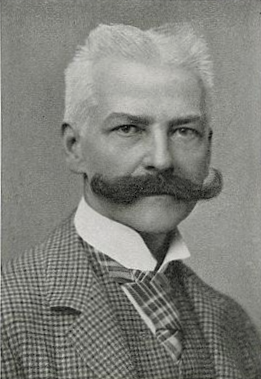
Albert von Keller was a German painter of Swiss ancestry. He specialized in portraits and indoor scenes. Female figures are a prominent feature of his work.
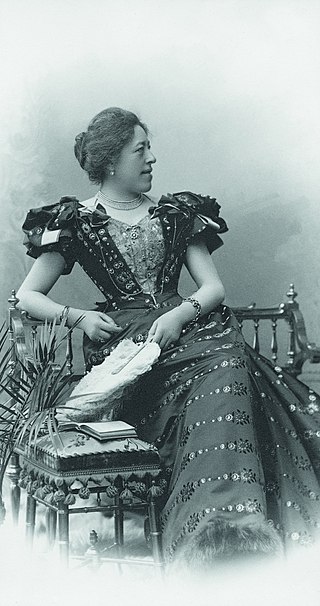
Olga Wisinger-Florian was an Austrian impressionist painter, mainly of landscapes and flower still life. She was a representative of the Austrian "Stimmungsimpressionismus", a loose group of Austrian impressionist painters that was considered avant-garde in the 1870s and 1880s.
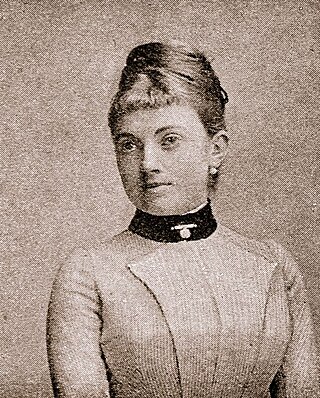
Maria Stona; Marie Scholz; born Stonawski (1859–1944) was a Silesian German writer and poet. Her daughter was the sculptor Helen Zelezny-Scholz.

Maria Slavona, born Marie Dorette Caroline Schorer was a German impressionist painter.

Bernhard Wilhelm Maria Pankok was a German painter, graphic artist, architect, and designer. His works are characterized by the transition between Art Nouveau and the International Style. His furniture and book design, such as the catalog for the German section of the Exposition Universelle (1900) in Paris, have garnered him the most recognition.
Bettina Baumgärtel is a German art historian who is head of the painting collection of the Museum Kunstpalast in Düsseldorf. She is a leading authority on the art of Angelica Kauffman and founded the Angelika Kauffmann Research Project (AKRP), of which she is the director, in 1990.
Josefine Swoboda was an Austrian portrait painter. She was one of the most active Vienna portraitists.

Bertha von Tarnóczy-Sprinzenberg was an Austrian art teacher and painter, specializing in landscapes and still lifes.
Marianne von Eschenburg (1856-1937) was an Austrian painter. She was known for her portrait paintings.

Bertha Mathilde Müller was an Austrian portrait painter.
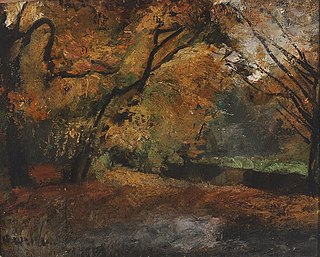
Hedwig Weiß was a German painter and graphic artist. Her works are primarily Impressionistic in style.

Marie Müller was an Austrian portrait painter.
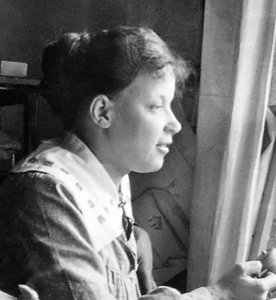
Fanny Harlfinger-Zakucka (1873-1954) was an Austrian painter, graphic artist and craftswoman.
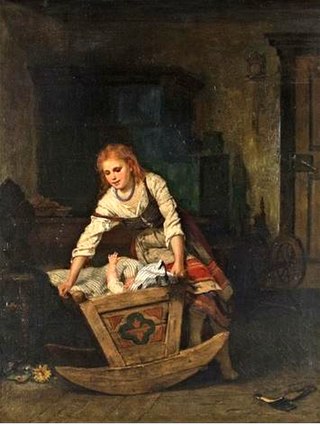
Ernestine Friedrichsen was a German genre painter; primarily of family scenes.
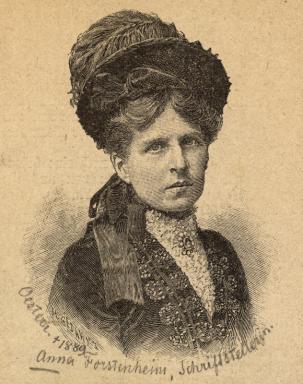
Anna Goldmann Hirschler-Forstenheim was an Austrian writer and poet.
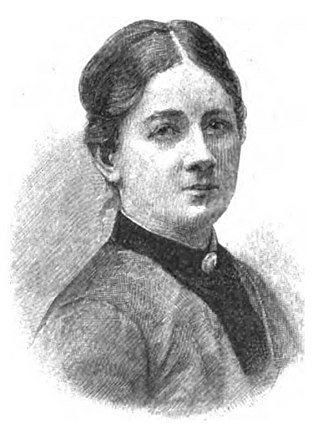
Natalie von Milde, Natalie Haller until 1881 was a German writer and feminist. She was an adoptive daughter of Rosa von Milde (1827–1906) and Hans Feodor von Milde (1821–1899).
Damenakademies or Ladies Academies were art schools for women in Germany. Prior to the 20th century, careers in art were inaccessible to women, who were denied access to the mainstream academies. While Russia opened its art schools to women as early as 1871, those in Germany remained male-only until the beginning of the Weimar Republic. Apart from the private studios of individual artists, only three large academies, the Ladies Academies (Damenakademies), accepted female students. These institutions were founded through self-help groups in Munich and Berlin and the Artist Academy in Karlsruhe, and offered a limited range of courses.

Philippine Wolff-Arndt was a German painter. Despite difficult access to an artistic education, she was active in this profession throughout her life. She was also committed to socially disadvantaged people and campaigned for women's rights, for example as a co-founder of the Leipzig Women Artists' Association. In Leipzig, she also fought for the Hochschule für Grafik und Buchkunst Leipzig to be the first art academy in Germany to admit women to study.
Ilse Bernheimer was an Austrian painter, graphic artist, interior designer, and teacher.















